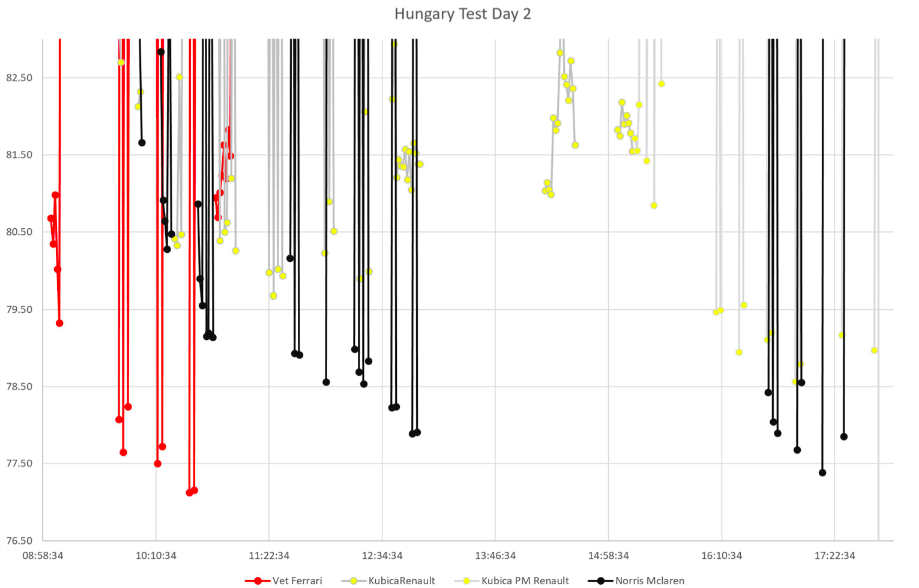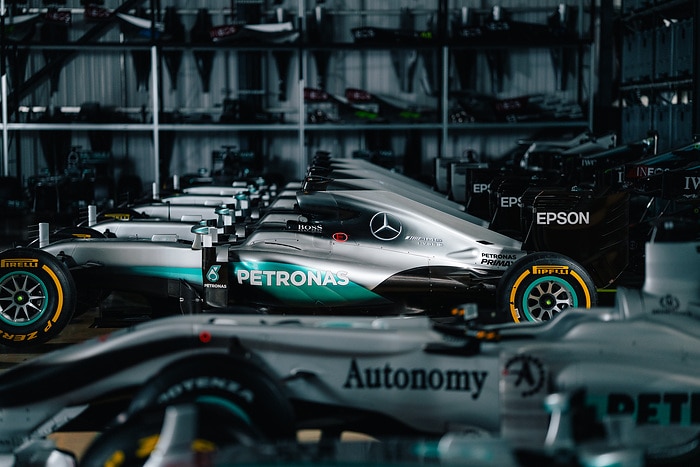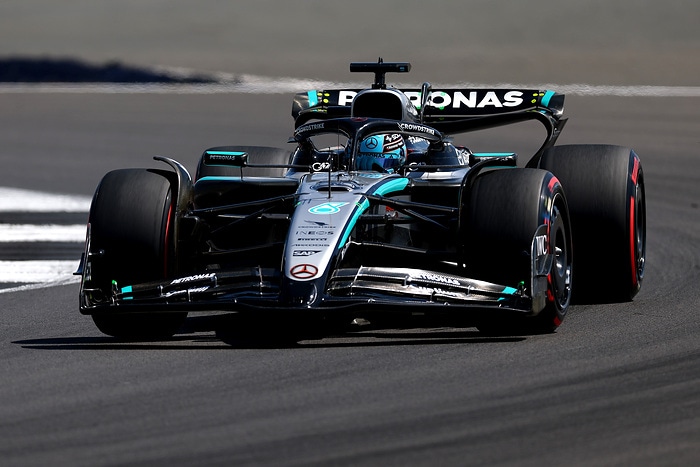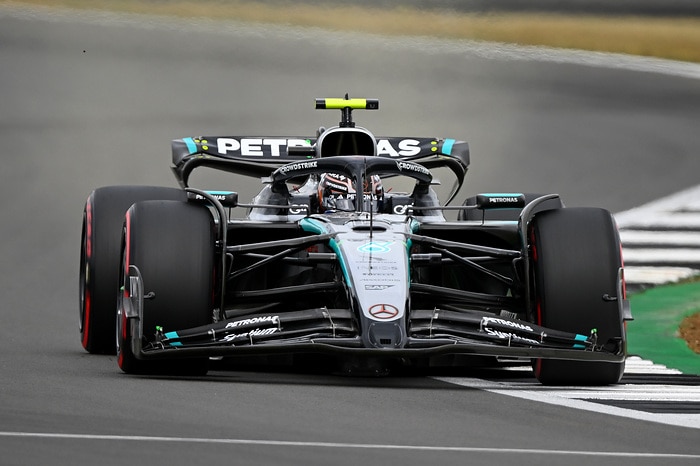Analysis: We look at Robert Kubica F1 test traces as Nico Hulkenberg hails “great comeback”

F1 is on summer shutdown until the Belgian Grand Prix at Spa on August 27, but the chatter continues around the in season test at the Hungaroring last week and in particular Robert Kubica’s performance in the Renault.
Current Renault F1 team driver Nico Hulkenberg has described it as a ‘great comeback’, as the Pole managed 142 laps with a best time of 1m18.572s, the fourth fastest time that day.
With the help of a JA on F1 engineering colleague, formerly in race operations for one of the F1 teams, we have plotted the lap times from the day. This is how F1 teams will typically plot the test runs and these charts form the basis of their analysis of the drivers being evaluated, as well as the test parts on the cars, the tyres and other factors.
Lap time is down the vertical axis, time of day across the horizontal. Lap times towards the bottom of the table are the fastest. (Click to enlarge)
Kubica’s performance (yellow traces) is relatively easy to read.
He did a few longer runs, just before and then after lunch. The one before lunch looks quite consistent. The one straight after lunch was quicker initially and then went a bit to pieces.
The qualifying style runs at the end of the day are again a bit erratic. They are only just over a second quicker than the morning’s runs, which were multiple laps.
We don’t know the fuel load from the morning, but from experience it is unlikely they will have started him out on low fuel. So assuming they want him to have the best possible experience and outcome from the test, it is likely that they dropped the fuel later on to something relatively low for his qualifying runs at the end.
If this is the case, then the one second delta isn’t big enough, which could indicate that he might have been struggling fitness wise by the afternoon, although there could be other factors we are not aware of and the fuel load is important.
To even be there and drive an F1 car is impressive given the severity of his injuries in early 2011 and Kubica said that whatever happens next, he is happy that he did this. But the test and the programme leading up to it has created expectations that the Pole may make a dramatic comeback.
Hulkenberg spoke to Motorsport.com at an event in Holland this week and said that the Pole had done well to cover the distance he did and to set the lap times on a physical track like the Hungaroring.
“To be honest, I don’t have much information. I wasn’t on-site. I had some information and I obviously saw the laptimes. I think, for him personally, obviously a great comeback”, Hulkenberg said.
“After the severe accident and injuries he had to come back and drive a modern Formula 1 car and to do 140 laps, just like that, is quite impressive.
“Especially at a track like Budapest, which is very physical. So respect for that. And I think the performance also, it seemed alright.
“So I’m not sure what’s going to happen, what Renault wants to do, but the test was OK, I think.”
Analysing Lando Norris and George Russell’s performances
We can also look at a couple of other drivers of interest: the rookies Lando Norris in the McLaren Honda and George Russell in the Mercedes (for two days). Both are very highly rated, have strong development roles within their teams and are expected to become F1 drivers in the next couple of years.
Norris (black trace above) did virtually all push-cool-push qualifying style short runs. He also did some aero work after lunch (which we have deleted off the plot) and the rest is performance runs. So there is not much to analyse in fact.
The only thing one can say is it looks like his times were coming down steadily with each run in the period before lunch. Vettel did a short qualifying style program in the morning, which is also on the plot to try to allow us to draw some comparisons. But it is difficult to draw meaningful comparisons.
We can say that Norris perhaps generally didn’t get the best out the tyre on the first lap, which is to be expected for someone without F1 experience; his second push lap was often very close in pace. But then such can sometimes be the vagaries of Pirelli tyres – Sebastian Vettel did the same on his last and fastest run – so again firm conclusions are tricky to reach.
The second plot (above) has got George Russell (green trace) on in the Mercedes for relative comparison.
Again, the lap time is down the vertical axis, time of day across the horizontal. Lap times towards the bottom of the table are the fastest. (Click to enlarge)
He tended to do a ‘pushed’ first lap with energy used then a recharge lap and then a decent length sustainable run each time. There is some variation across the first pushed lap and the last run looks slightly messy, but apart from those examples, the runs do look very repeatable, which is what the teams are looking for.
Tyre degradation is quite high, but he did the same each run and this will have been useful for the team. So overall the conclusion is that he did a pretty decent rookie’s first day.
What do you think about this analysis? How do you rate what you saw from Kubica, Norris and Russell? Leave your comments in the section below
Source :https://www.jamesallenonf1.com



























